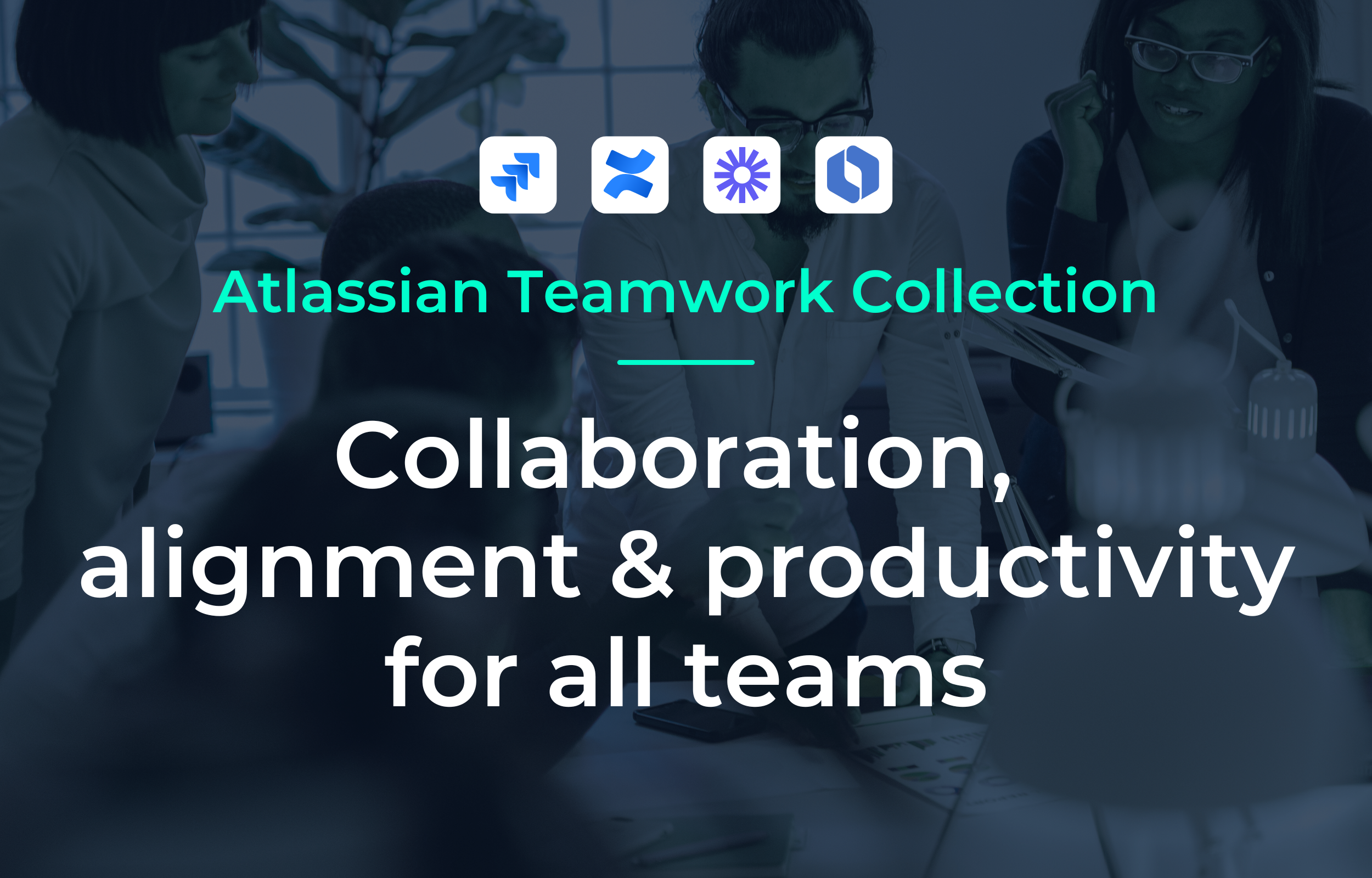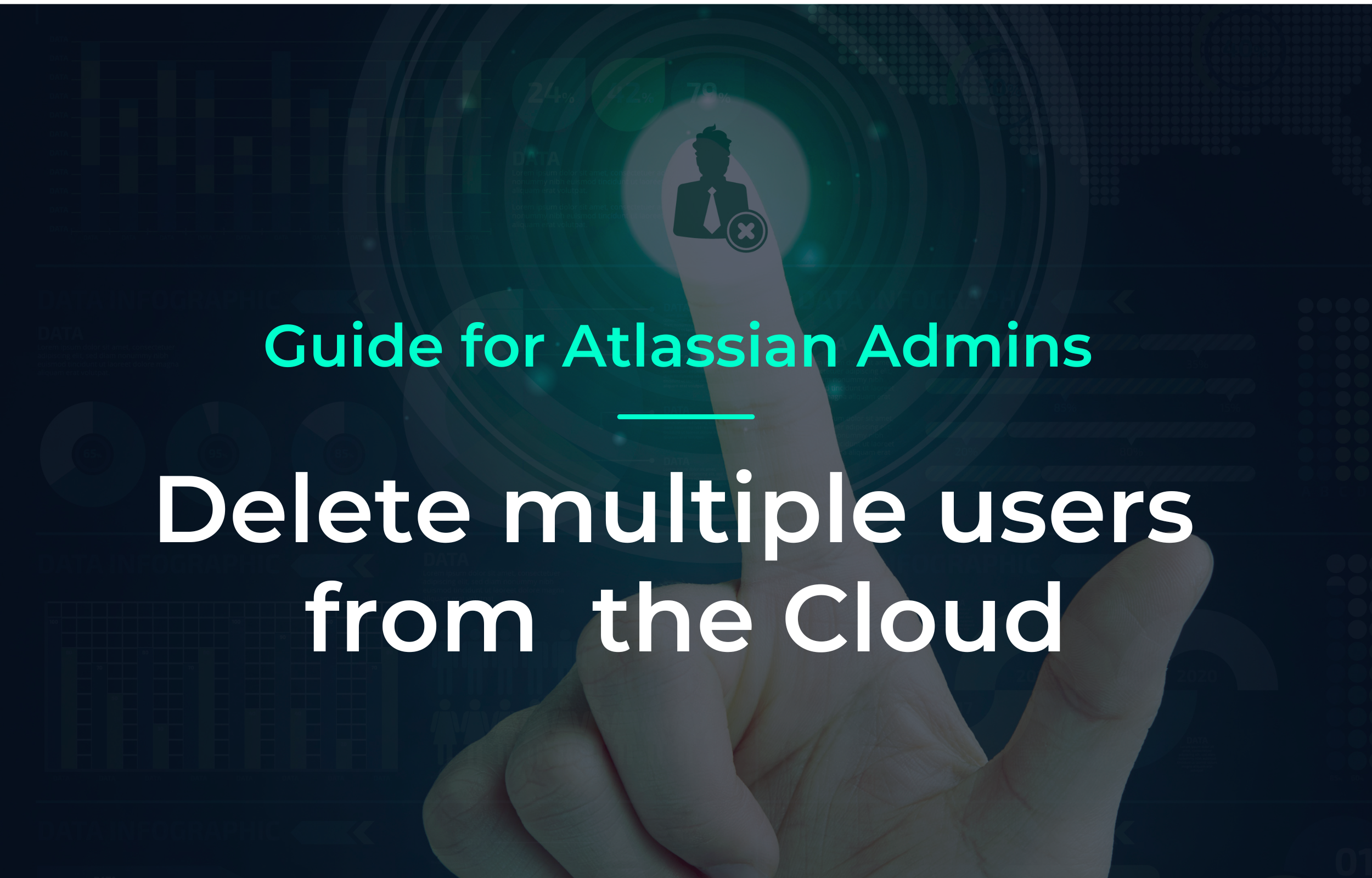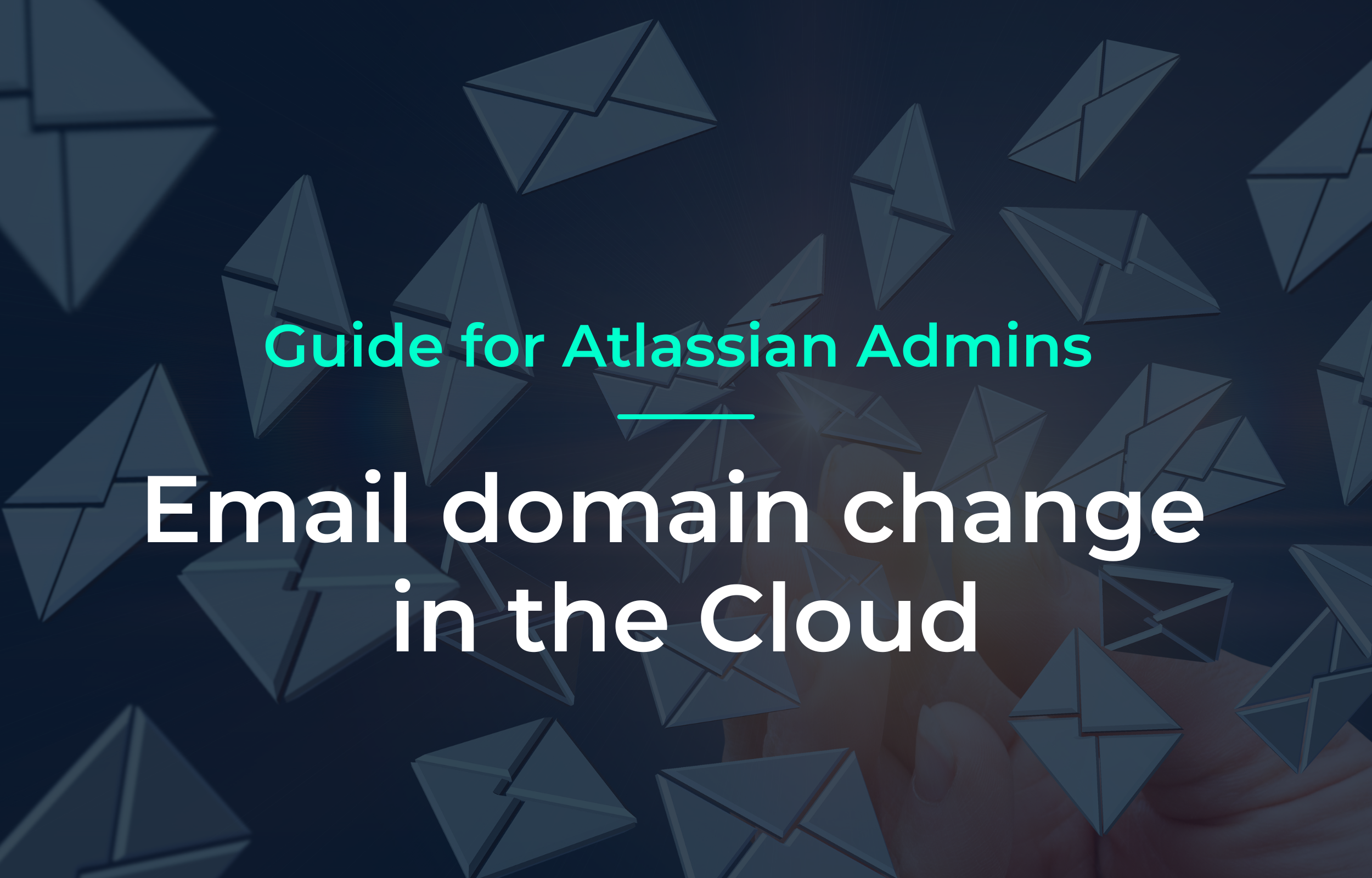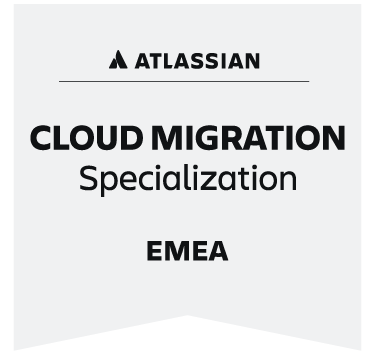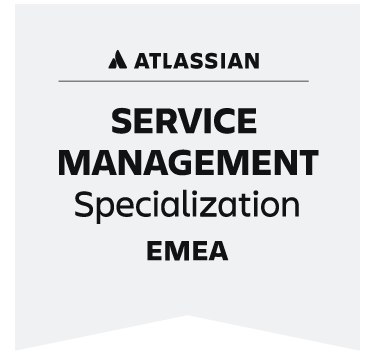Microservices are a hot topic in software development, and for good reason. By breaking down a monolithic application into smaller, independently deployable services, teams can increase the speed and flexibility of their development process. However, deploying and managing microservices in a production environment is challenging. That's why it's important to follow best practices to ensure the stability and reliability of your microservices-based system.
Leading companies have tested these practices and significantly improved the performance and reliability of microservices-based systems. So read on if you want to get the most out of your microservices!
- Why Microservices
- Best Practice #1: Define clear responsibilities and accountabilities for each microservice.
- Option 1: Individual responsibility for a range of services
- Option 2: Individual responsibility for a set of features
- Best Practice #2: Use versioning and semantic versioning for all microservices
- Best Practice #3: Use a CI/CD Pipeline for Automated Testing and Deployment
- Best Practice #4: Use containers and container orchestration tools:
- Best Practice #5: Use an API Gateway to Manage External Access to Microservices
- Best Practice #6: Monitor the health and performance of microservices:
- Best Practice #7: Implement a rolling deployment strategy:
- Best Practice #8: Use a central logging and monitoring system
- Best Practice #9: Use circuit breakers and bulkheads to prevent cascading failures
- Best Practice #10: Implement an appropriate testing strategy
- Conclusion
Why Microservices
Microservices are used for enterprises moving from traditional licensing to subscription models, such as SaaS solutions. This is often necessary when moving from an on-premise deployment to a global, public cloud deployment with elastic capabilities. Companies like Atlassian have transformed their products into microservices and deployed them in the cloud to make their applications available globally. However, microservices are complex and not suitable for every business, especially early-stage startups.
For enterprises, the transition from a traditional licensing model to a subscription-based model is critical to surviving in today's digital landscape. The benefits of this shift can be seen in the success of SaaS solutions such as Gmail, where customers pay only a small monthly fee for access to a wide range of features.
This concept can also be applied to microservices, making them an indispensable tool for companies that want to make this change. Take Atlassian and its Jira product, for example. Previously, Jira was deployed in on-premise environments, but to move to a subscription-based model, the company needed a global reach that could only be achieved in the public cloud. This move enabled elasticity so that the application could scale horizontally as needed and adapt to load changes without restrictions.
Best Practice #1: Define clear responsibilities and accountabilities for each microservice.
One of the main benefits of microservices is that they allow teams to work more independently and move faster. However, this independence can also lead to confusion about who is responsible for each service.
Therefore, it is important to define the responsibility for each microservice. This means that responsibility is assigned to a specific team or person and that this team or person is responsible for the development, maintenance and support of the service.
By establishing clear lines of authority and responsibility, you can ensure that each microservice is supported by a dedicated team focused on its success. In addition, IT helps avoid issues such as delays in fixing bugs or implementing new features because it's clear who is responsible for resolving them.
But how do you define responsibilities for your microservices?
Option 1: Individual responsibility for a range of services
One approach is to use a service ownership model, where each team or individual is responsible for a specific set of services. Each SCRUM team delivers one solution, one set of components (microservices). Option 1 ensures that each service has its own owner who is responsible for its success.
Option 2: Individual responsibility for a set of features
Another option is to use a feature ownership model, where each team or individual is responsible for developing and maintaining a specific set of features across multiple services. Option 2 can be a good option if you only have a small number of services or if the features you are developing span multiple services.
Regardless of which approach you take, you need to ensure that responsibilities and accountabilities are clearly defined and communicated to all team members. For example, each developer should be responsible for a feature, deployment, and hypercare support. This ensures that everyone knows who is responsible for each microservice, and can avoid confusion and delays in the development process.
Best Practice #2: Use versioning and semantic versioning for all microservices
When working with microservices, it is important to keep track of the different versions of each service. This way, if you run into problems with a new version, you can revert to a previous version and ensure that the correct version of each service is used throughout the system.
One way to accomplish this is to use versioning for your microservices. Versioning assigns a version number to each version of a microservice, for example, 1.0, 1.1, and so on. This way, you can easily track the different versions of your microservices.
However, it is also a good idea to use semantic versioning for your microservices. Semantic versioning uses a three-part version number (e.g., 1.2.3), with the parts representing the major version, minor version, and patch number, respectively. The major version is incremented for significant changes, the minor version is incremented for new backward compatible features, and the patch number is incremented for bug fixes and other minor changes.
Semantic versioning can make it easier to understand the impact of a new version, and it can also help ensure that the correct version of each service is used throughout the system. Therefore, it is a good idea to use both versioning and semantic versioning for your microservices to ensure that you have a clear and comprehensive understanding of the different versions of each service.
For example, the entire mono repository with a set of microservices for a business domain should be versioned with a semver2 tag. The tag could be in the form of a git annotated tag, which is an object in Git.
Best Practice #3: Use a CI/CD Pipeline for Automated Testing and Deployment
Are you tired of manually testing and deploying your microservices? Then it's time to consider using a Continuous Integration and Delivery (CI/CD) pipeline.
A CI/CD pipeline is a set of automated processes that take care of testing, deploying, and releasing your microservices. It allows you to automate many tasks in the development and deployment process, such as building, testing, and deploying your code. This way, you can speed up the development process and improve the reliability of your microservices-based system.
There are several tools and platforms available for setting up a CI/CD pipeline, including Jenkins, CircleCI, and AWS CodePipeline. Each application has specific features and capabilities, so it's important to choose the one that best meets your needs.
The deployment logic should be prepared from day one along with the Mono repository. The workflow is that when a developer commits, he starts the build (compiling the artifact and publishing the image to Docker Hub) of the project in the CI. Finally, the project is deployed to the hosting platform, e.g. EKS, so that you can verify that the code can be deployed, have the REPL feel and show the result to the product owners.
By using a CI/CD pipeline, you can automate the testing and deployment of your microservices and free up your teams to focus on developing and improving your services.
Best Practice #4: Use containers and container orchestration tools:
Tired of deploying and scaling your microservices manually? Then it's time to consider using containers and container orchestration tools.
Containers allow you to package your microservices and their dependencies into a single unit, making it easier to deploy and run them in different environments. This reduces the time and effort required to deploy and scale your microservices and improves their reliability.
In addition to using containers, it is also recommended that you use a container orchestration tool to manage the deployment and scaling of your microservices. With these tools, you can automate the deployment, scaling, and management of your containers, simplifying the execution and maintenance of your microservices-based system.
Also, each microservice should be containerized and published to a Docker Hub with an appropriate semver2 tag.
Some popular container orchestration tools include Kubernetes, Docker Swarm and Mesos.
By using containers and container orchestration tools, you can streamline the deployment and management of your microservices and free up your teams to focus on developing and improving your services.
Best Practice #5: Use an API Gateway to Manage External Access to Microservices
When external clients, such as mobile apps or web clients, access your microservices-based system, use an API gateway to manage access to your microservices. If your microservices expose models (mostly REST API) that are not sufficient to build your model, then a GraphQL API should be presented, a kind of facade called Backed for Frontend (BFF).
What is an API gateway?
An API gateway is a layer that sits between your clients and your microservices and is responsible for forwarding requests from clients to the appropriate microservice and returning the response to the client. It can also perform authentication, rate limiting, and caching tasks.
By using an API gateway, you can improve the security and performance of your system. It acts as a central entry point for external traffic and can take certain tasks off your microservices. It also makes it easier to manage and monitor external access to your microservices because you can track and log all requests and responses through the gateway.
Several options for implementing an API gateway include using a third-party service or creating your own gateway with tools like Kong or Tyk.
In addition, if you want to address security-related issues such as Keycloak and IDS, you should especially consider API gateway components such as Kong
By using an API gateway, you can improve the security and performance of your microservices-based system and make it easier to manage external access to your services.
Best Practice #6: Monitor the health and performance of microservices:
When working with microservices, it is critical to monitor the health and performance of each service to ensure they are running smoothly and meeting the needs of your system.
There are several tools and techniques you can use to monitor the health and performance of your microservices, including:
- Application performance monitoring (APM) tools: These tools track the performance of your microservices and provide insight into potential issues or bottlenecks.
- Log analysis tools: These tools allow you to analyze the logs generated by your microservices to identify errors, performance issues, and other important information.
- Load testing tools: These tools allow you to simulate the load on your microservices to test their performance and identify potential issues.
With these and other tools and techniques, you can monitor the health and performance of your microservices and identify and fix any problems that arise. This ensures that your microservices run smoothly and meet the requirements of your system.
Best Practice #7: Implement a rolling deployment strategy:
When deploying updates to your microservices, remember that it is important to minimize downtime and disruption to your system. One way to do this is to implement a rolling deployment strategy.
With a rolling deployment strategy, you deploy updates to multiple microservices at once and then gradually roll out the update to the rest of the system. This allows you to test the update on a small scale before deploying it to the entire system, minimizing the risk of disruption or problems.
The following approaches exist for implementing a phased deployment strategy:
- Blue-Green-Deployment: This involves deploying updates in a separate "green" environment and switching traffic from the "blue" environment once the update has been tested and is ready to go live.
- Canary deployment: This involves deploying updates to a small percentage of users and gradually increasing the percentage over time as you watch for problems.
By implementing a rolling deployment strategy, you can minimize downtime and disruption during updates and ensure a smooth and reliable deployment process.
Best Practice #8: Use a central logging and monitoring system
When working with microservices, it is important to have a way to monitor the overall health and performance of your system. One way to do this is to use a centralized logging and monitoring system.
With a centralized logging and monitoring system, you can collect and analyze logs and other data from your microservices in a single place, making it easier to track the overall health and performance of your system. This way, you can identify and fix problems faster because you can see all relevant data in one place.
There are several options for implementing a centralized logging and monitoring system, including using a third-party service like Splunk or creating your own system with tools like Elasticsearch and Logstash. It's important to choose the option that best fits your needs and budget.
With a centralized logging and monitoring system, you can track the overall health and performance of your microservices-based system and identify and fix any issues that arise. So why not try it out?
Best Practice #9: Use circuit breakers and bulkheads to prevent cascading failures
When working with microservices, it is important to prevent problems in one service from affecting the entire system. One way to achieve this is to use circuit breakers and partitions.
A circuit-breaker is a pattern that allows a service to fail quickly and stop processing requests when a problem occurs, rather than attempting to continue processing and potentially causing further problems, in order to prevent cascading failures and protect the overall stability of the system.
A bulkhead is a pattern that allows you to isolate different parts of your system so that problems in one part do not affect the rest of the system. In this way, you prevent cascading failures and increase the stability of the overall system.
By using circuit breakers and partitions, you can prevent problems in one service from affecting the entire system and ensure the stability and reliability of your microservices-based system.
Best Practice #10: Implement an appropriate testing strategy
When working with microservices, you should ensure the stability and reliability of your system by properly testing your microservices. There are several types of tests you should consider, including:
- Unit testing: This involves testing individual units of code to ensure that they function correctly.
- Integration testing: This tests the integration between different microservices to ensure that they work together correctly.
- Performance testing: This involves testing the performance of your microservices under various loads and conditions to ensure that they meet the requirements of your system.
- Chaos testing: This involves deliberately introducing failures or other disruptions into your system to test its resilience and ensure that it can recover from outages.
Conclusion
By implementing an appropriate testing strategy and regularly testing your microservices, you can ensure the stability and reliability of your microservices-based system.
Companies that are able to rapidly and reliably deliver new features and functionality in today's fast-paced business environment have a significant competitive advantage. Microservices can be a powerful tool for rapid development and deployment, but they also bring new deployment and management challenges.
The 10 best practices described in this article provide a roadmap for successfully deploying and managing microservices in a production environment. By following these best practices, organizations can ensure that their microservices are stable, reliable, and perform at their best. This way, they can deploy new features and functionality faster and stay ahead of the competition.
In addition to improving microservices performance, these best practices also help reduce the risk of costly downtime and outages. You'll also improve overall system reliability and stability. You protect your company's reputation and customer satisfaction, which ultimately contributes to business success.
Therefore, these best practices are a must for any organization that wants to get the most out of their microservices-based systems. Take the first step towards implementing these best practices and see the benefits for yourself.

